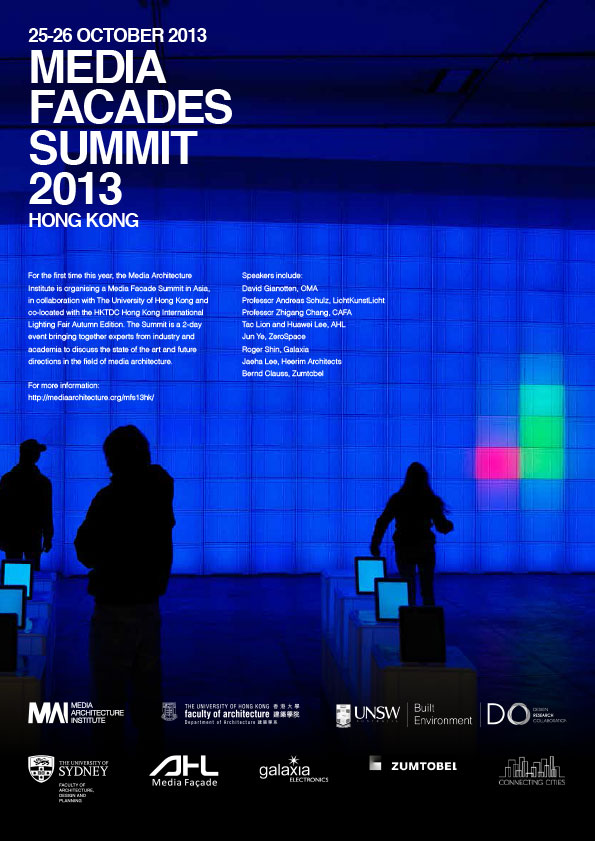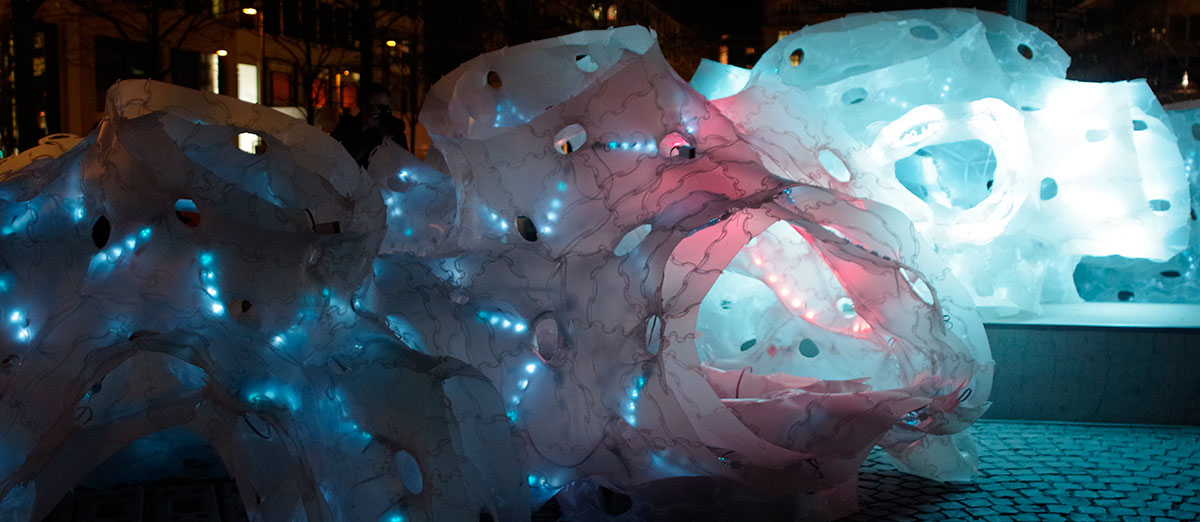
Events
Digital Publics: Creative Intervention in Digital Placemaking
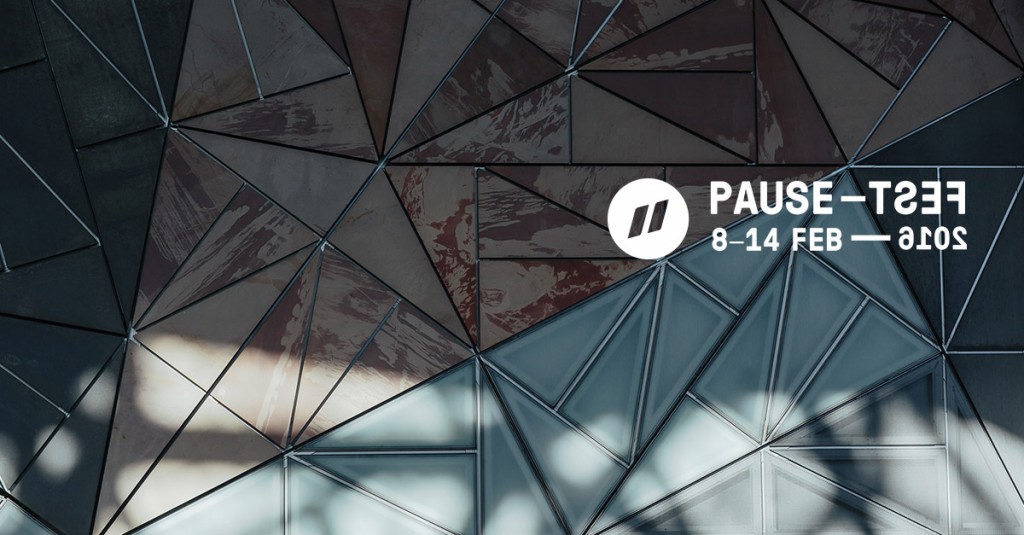
In the lead-up to the Media Architecture Biennale 2016, held in Sydney in June 2016, Urban Screen Productions (UTV) are producing an all-day symposium investigating how technologies are redefining community engagement and the creation of public space.
The Digital Publics symposium explores new approaches to public space focusing on the layers of connection and cultural experience that are introduced by media technologies, also referred to as digital placemaking or open-source placemaking.
Presented by Fed Square and Pause Fest and produced by UTV, Digital Publics brings timely voices together from the creative practices, institutions and research projects that work in an evolving field of public engagement, urban screens and placemaking in the digital age.
In a forum held at one of the world’s most iconic public spaces, Fed Square, each of the speakers will share insights on how digital innovations are bringing communities together and shaping new spatial encounters.
Curated by Esther Anatolitis.
Speakers include:
Andrew Apostola and Simon Goodrich, Portable
Seb Chan, ACMI
M. Hank Haeusler, UNSW
Matt Jones, Fed Square
Jade Lillie, Footscray Community Arts Centre
Jason Maling, Field Theory
Julian Rickert, One Step At A Time Like This
Lynda Roberts, City of Melbourne
Katrina Sedgwick, ACMI
Martin Tomitsch, The University of Sydney
Willoh S Weiland, Aphids
Marcus Westbury, Contemporary Arts Precincts and Renew Australia
Angharad Wynne-Jones, Arts House and Tipping Point
Program:
9.00am – 11am | Panel 1
Site: Ethics, technologies, program: how can the institution create public space?
11.30am – 1pm | Panel 2
Distribution: Space, movement, connection: how can spatial experiments connect disparate publics?
2pm – 3pm | 5 x 5 x 5
Public space as performance: five artists offer five insights over five minutes each.
3.30pm – 5pm | Panel 3
Digital Publics: What kinds of interventions create public space? What kinds of interventions are created by public space?
5pm – 6pm | Closing Panel
An open conversation with perspectives drawn from all sessions and presented by their chairs.
Tickets now on sale via Eventbrite.
Events
Media Architecture Exhibition Sydney 2015
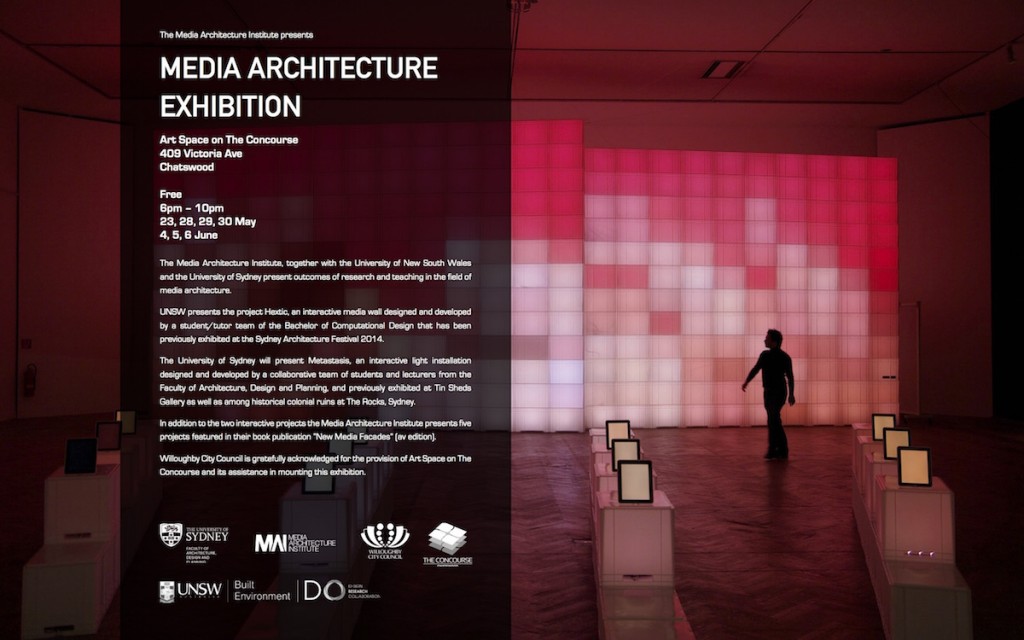
The Media Architecture Institute, together with the University of New South Wales and the University of Sydney present outcomes of research and teaching in the field of media architecture in an exhibition hosted by Art Space on The Concourse, Willoughby City Council, located in Chatswood/Sydney. The exhibition is open 23 May to 6 June, Thursday to Saturday, 6pm to 10pm.
UNSW presents the project Hextic, an interactive media wall designed and developed by a student/tutor team of the Bachelor of Computational Design led by Dr Hank Haeusler, that has been previously exhibited at the Sydney Architecture Festival 2014. The rest of the team were Rebekah Araullo and Eliot Rosenberg, with artists Dominque Heraud, Annisa Rizal, Alexander Lee, Jordon Blanket, Andrew McDonald, Tomislav Livaja, Peter Mitchell and Dara Ten.
The University of Sydney presents Metastasis, an interactive light installation designed and developed by a collaborative team of students and lecturers from the Faculty of Architecture, Design and Planning, and previously exhibited at Tin Sheds Gallery as well as among historical colonial ruins at The Rocks, Sydney. The artists are Luke Hespanhol, Martin Tomitsch, Eduardo Barata and Philipp Peltz (audio).
In addition to the two interactive projects the exhibition includes a poster showcase of five projects featured in the book publication New Media Facades (av edition).
The Concourse will also be home of the next Media Architecture Biennale, taking place 2-4 June 2016.
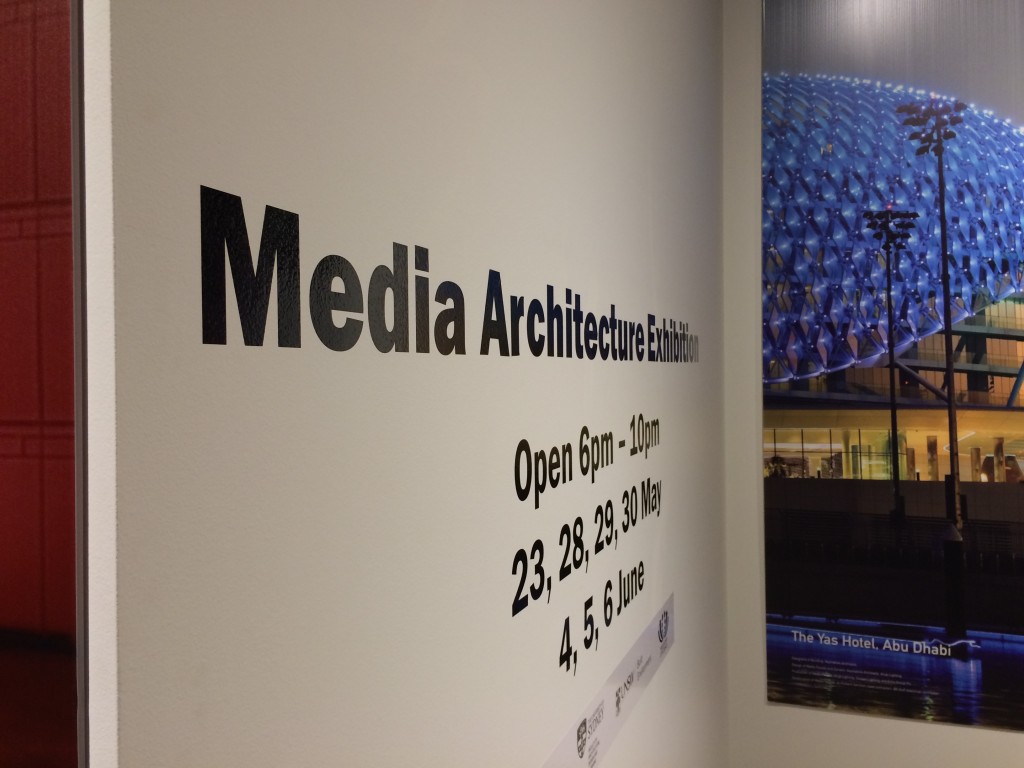
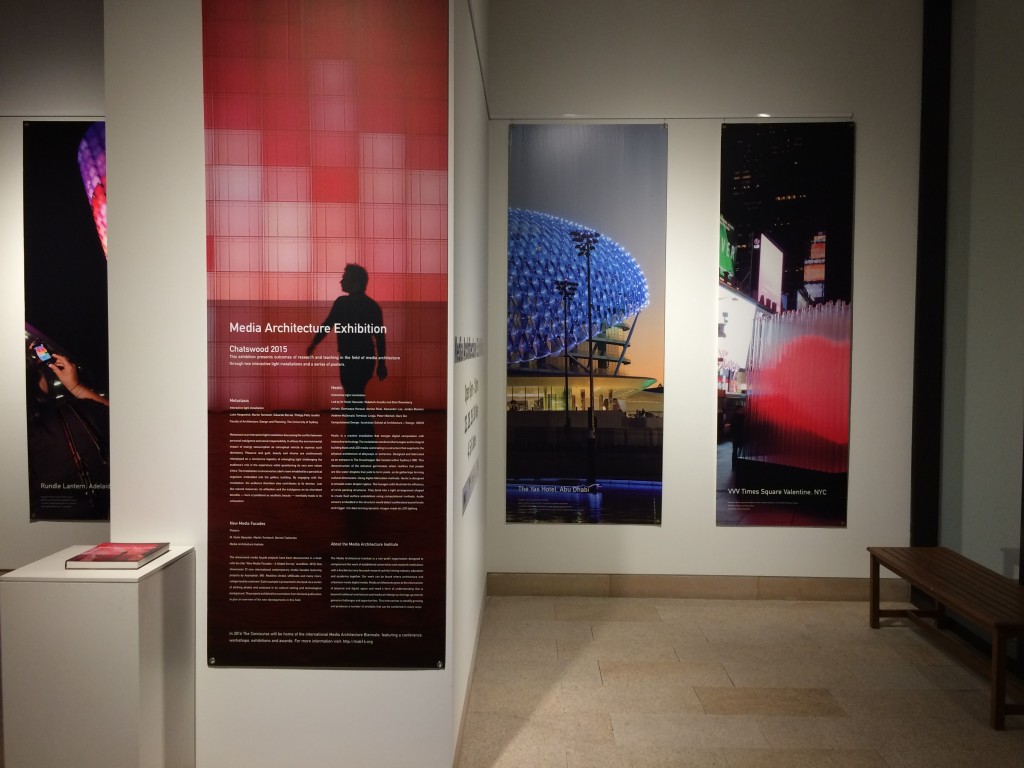
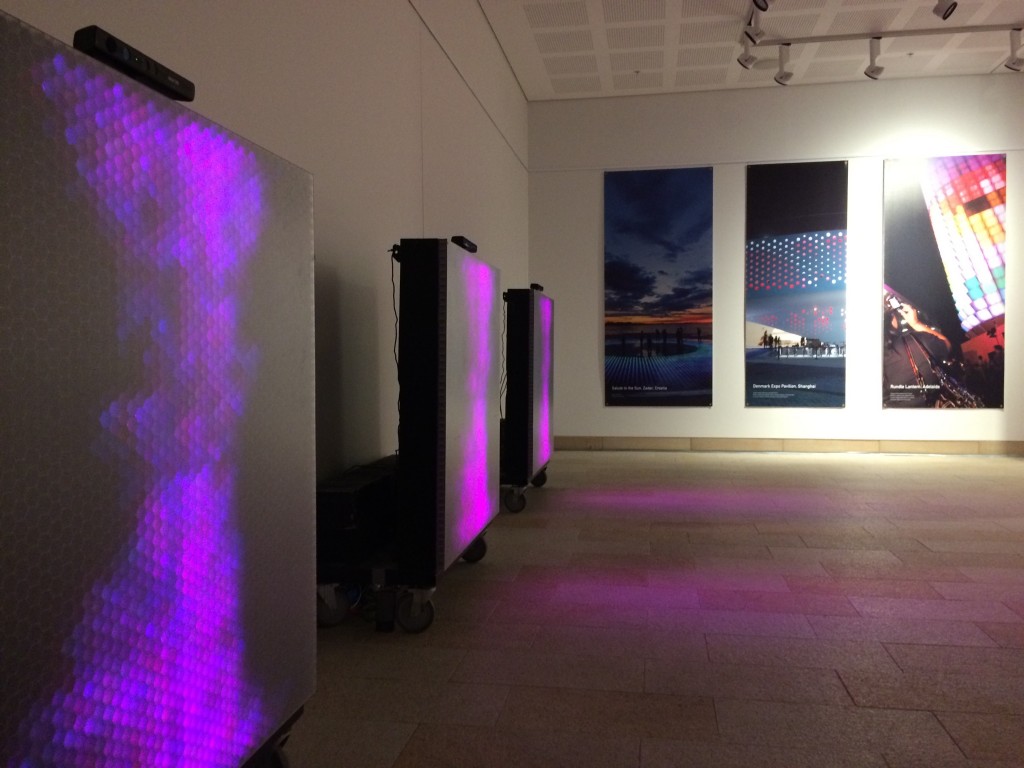
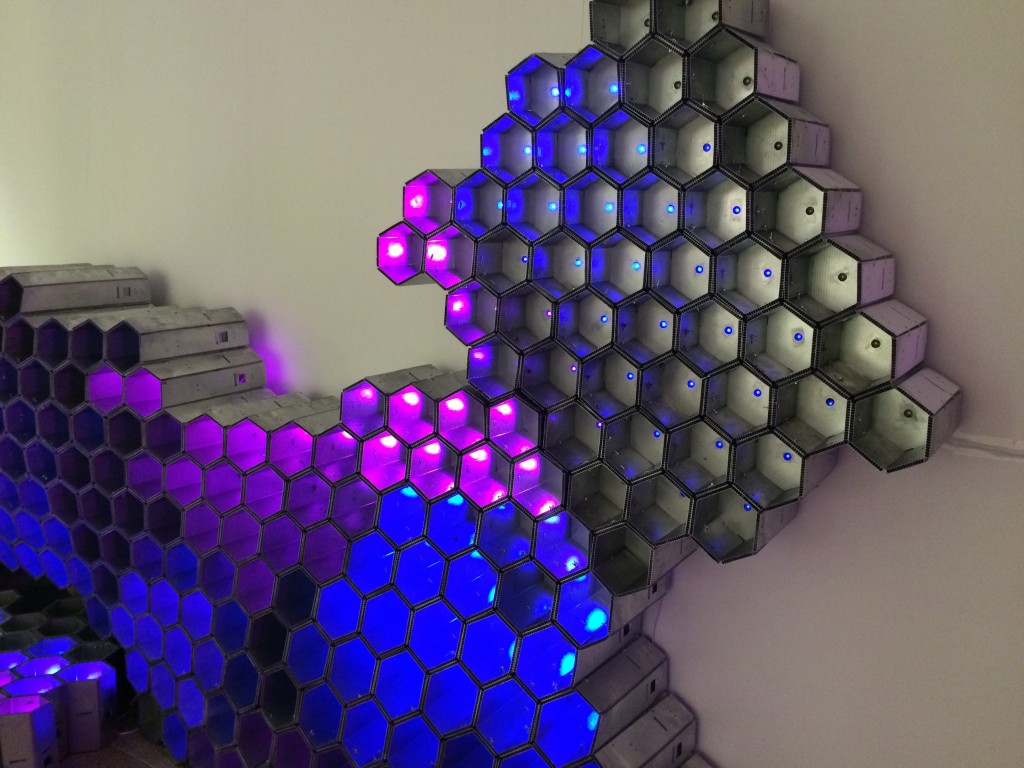
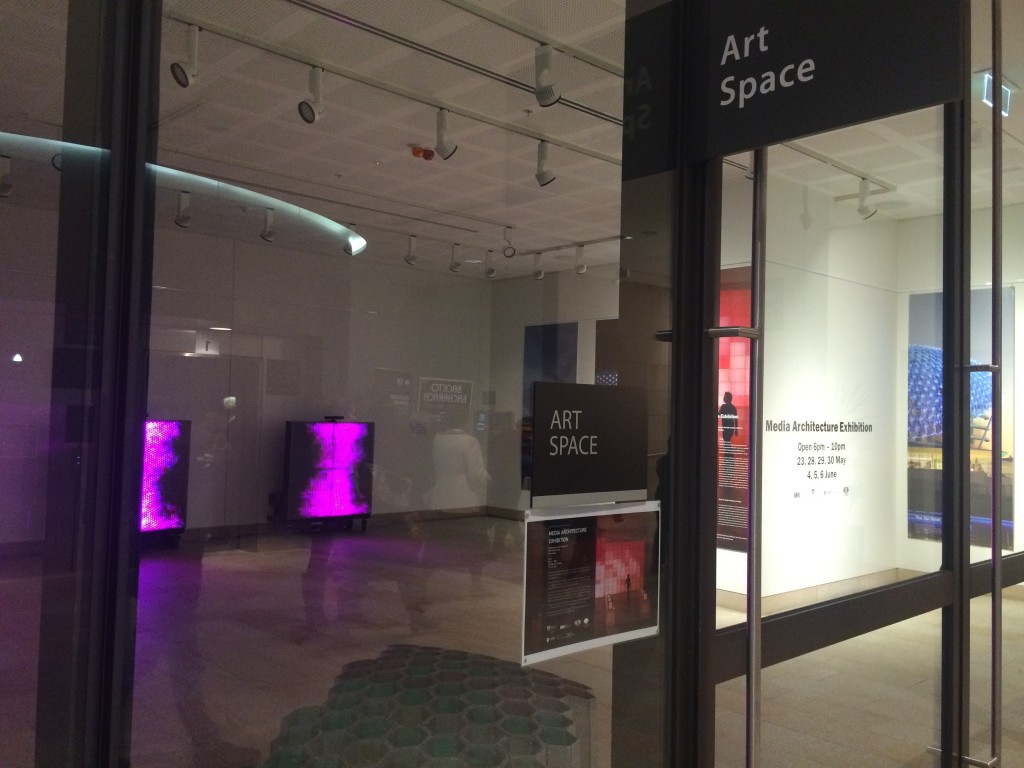
Events
Announcing the Media Facades Summit 2013 Hong Kong
The Media Architecture Institute is hosting a Media Facades Summit in collaboration with the University of Hong Kong this week. The summit will start Friday 25th October evening with a keynote by David Gianotten (OMA) and continue Saturday 26th October morning with a keynote by Andreas Schulz (LichtKunstLicht) as well as a number of talks by experts and professionals working in the field of media architecture in the Asian region.
The event is sponsored by our industry partners AHL, Galaxia and Zumtobel, and supported by Connecting Cities, GDC, and World Architects.
Visit www.mediaarchitecture.org/mfs13hk/ for more information about the program and speakers.
Events
Media Facade Exhibition 2013, Sydney
The Media Architecture Institute will be presenting the six winning projects from the inaugural Media Architecture Awards, as well as a selection of outstanding projects from the book New Media Facades, as part of the Media Facade Exhibition 2013 in Customs House, Sydney. The exhibition launches on Wednesday the 22nd of May in the atrium of Custom House, and will be exhibited until the 1st of July. The exhibition is organised in collaboration with ISEA and Vivid Sydney.
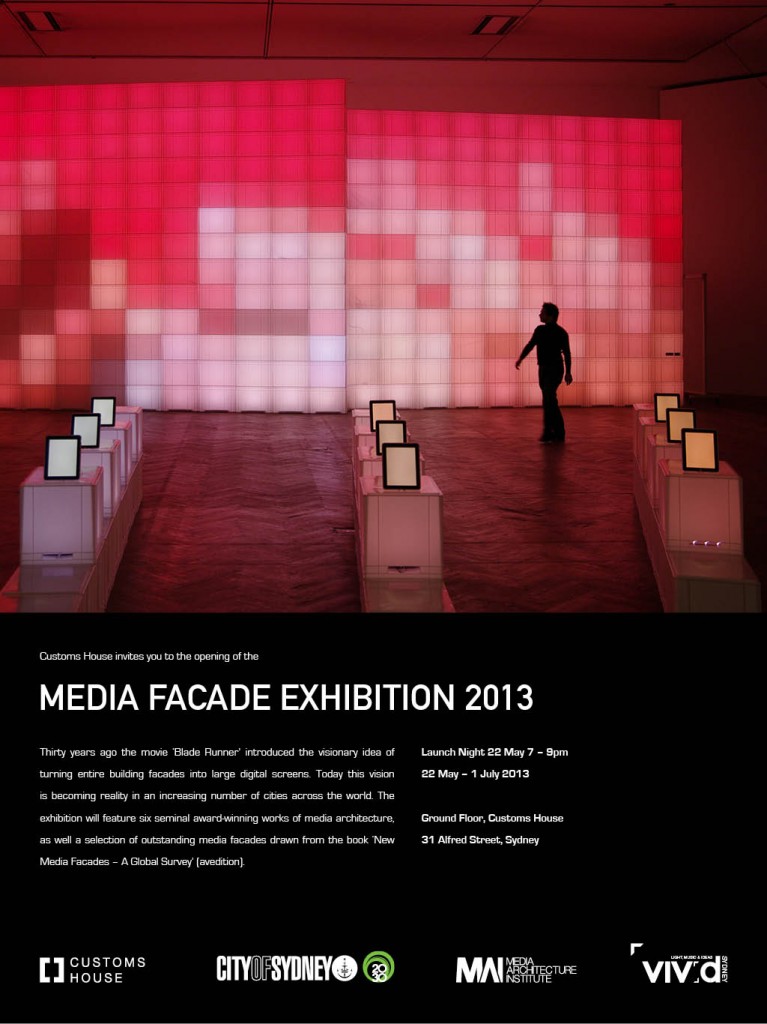
Event
Workshop on interactive city lighting

The workshop on interactive city lighting held at the international conference on human factors in computing systems (CHI) in Paris aims at exploring the topic form various perspectives. The workshop goal is to bring together a community of researchers, designer and practitioners to better understand the capabilities, contexts of use and possibilities for user participation of this emerging technology. Selected contributions will be invited to present and share their approach with the community. The workshop aims to: identify key opportunities for new forms of interactive lighting systems in urban context, explore interaction paradigms that can be (re-) used for interactive urban lighting, and examine adequate ways of prototyping and evaluating interactive lighting systems.
(more…)Events
Introducing the Media Architecture Awards
This year, for the first, time the World’s most outstanding media architecture was awarded during the Media Architecture Biennale. A jury of international representatives of the field chose six winning projects from five categories based on their ability to integrate media and architecture – and the profound impact on their urban surroundings.
(more…)cultural
Light installations at Vivid Sydney
Vivid Sydney, the largest festival of its kind in the Southern Hemisphere, came to an end recently. With its 60 light sculptures, which span large-scale projections to grassroots LED installations, the festival represents an important contributor to the media architecture movement. For the first time this year, the Media Architecture Institute was one of the supporters for a centerpiece installation that used a range of lighting and interactive sensor technologies to create a unique visitor experience. The installation with the title Chromapollination is an interactive light sculpture that reclaims a neglected urban space in Sydney’s Central Business District transforming it into a playful and inviting city organism. Giant glowing dandelions are sprawling from cracks in the concrete to project colour and motion onto and around passersby and festival participants. The dandelions react to their environment – passersby generate a digital wind that gently caresses the tops of the flowers. As force builds, the ‘seeds’ break off and transverse across a light ceiling.
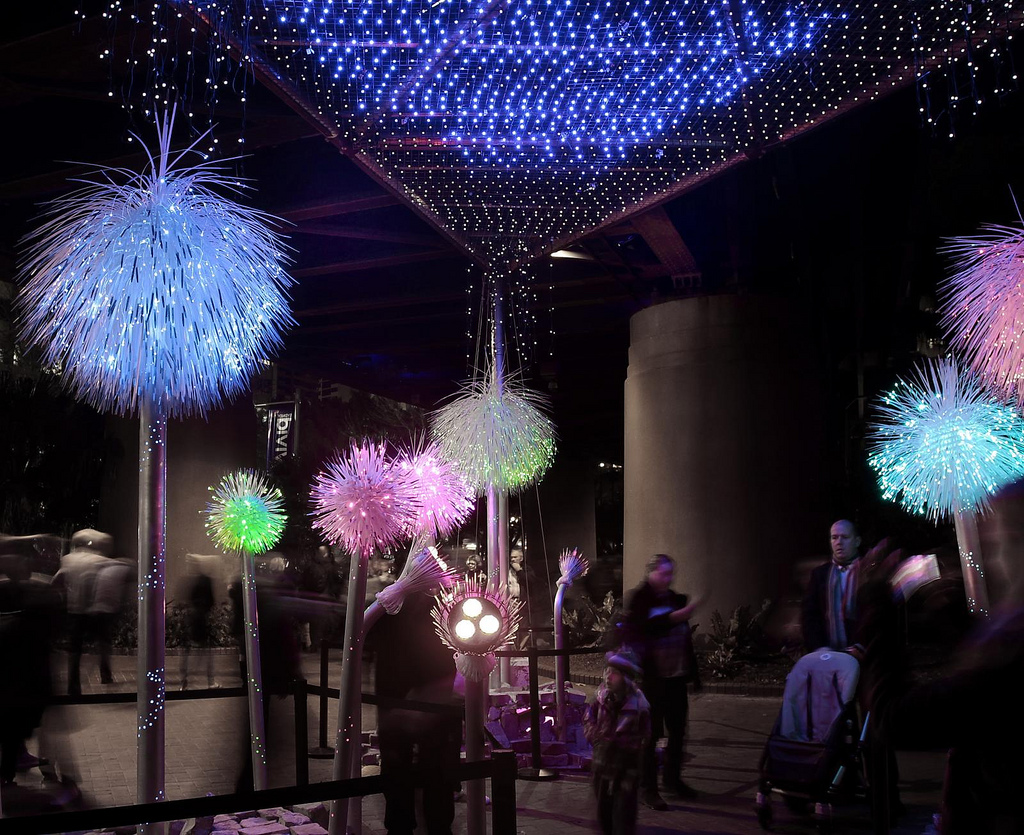 (more…)
(more…) Media Facades
Research Media Façade at The University of Sydney
The Faculty of Architecture, Design and Planing at The University of Sydney has recently installed a SmartSlab LED screen inside the window display facing the yard in front of the faculty building.
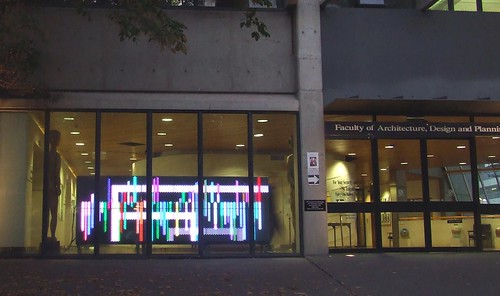
SmartSlab has attracted quite some attention since it was introduced a few years ago by b consultants ltd, an architectural consultancy run by Tom Barker. It is specifically unique due to its resistant structure and modular approach: the screen is shipped in 600 x 600mm tiles that can be built up into large arrays of any size. The steel and polycarbonate structure allows it to be even used as flooring or curtain walls in buildings.
(more…)